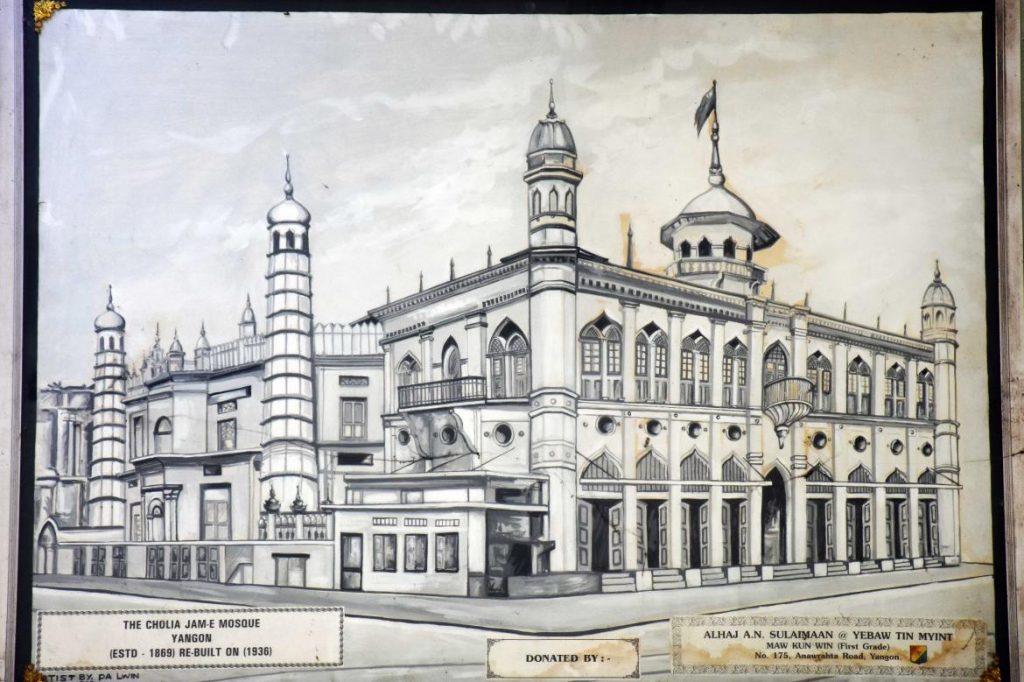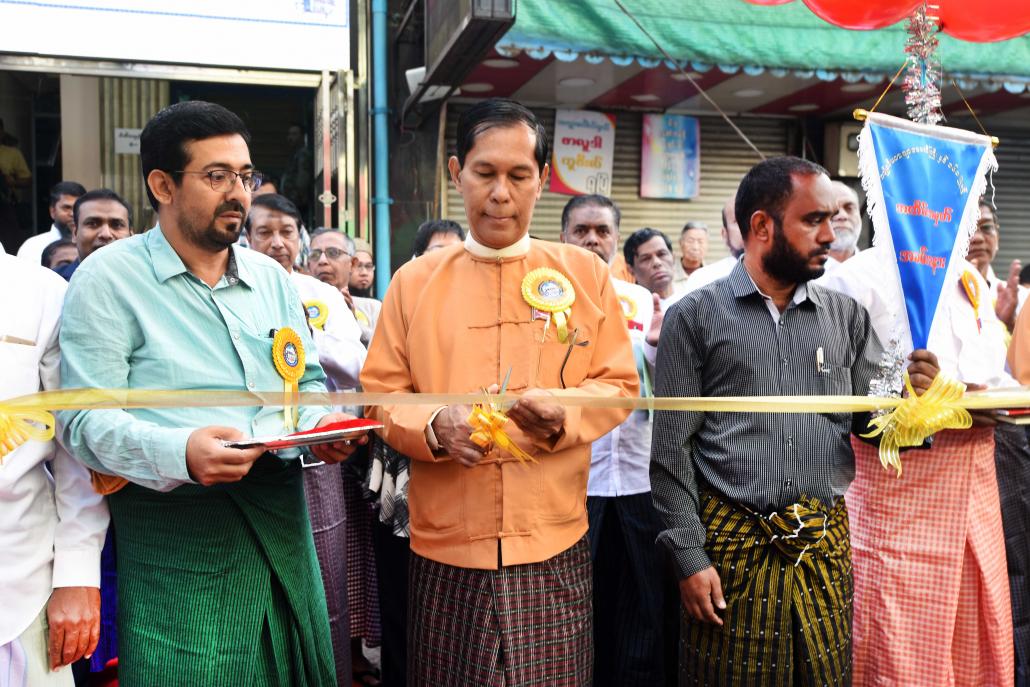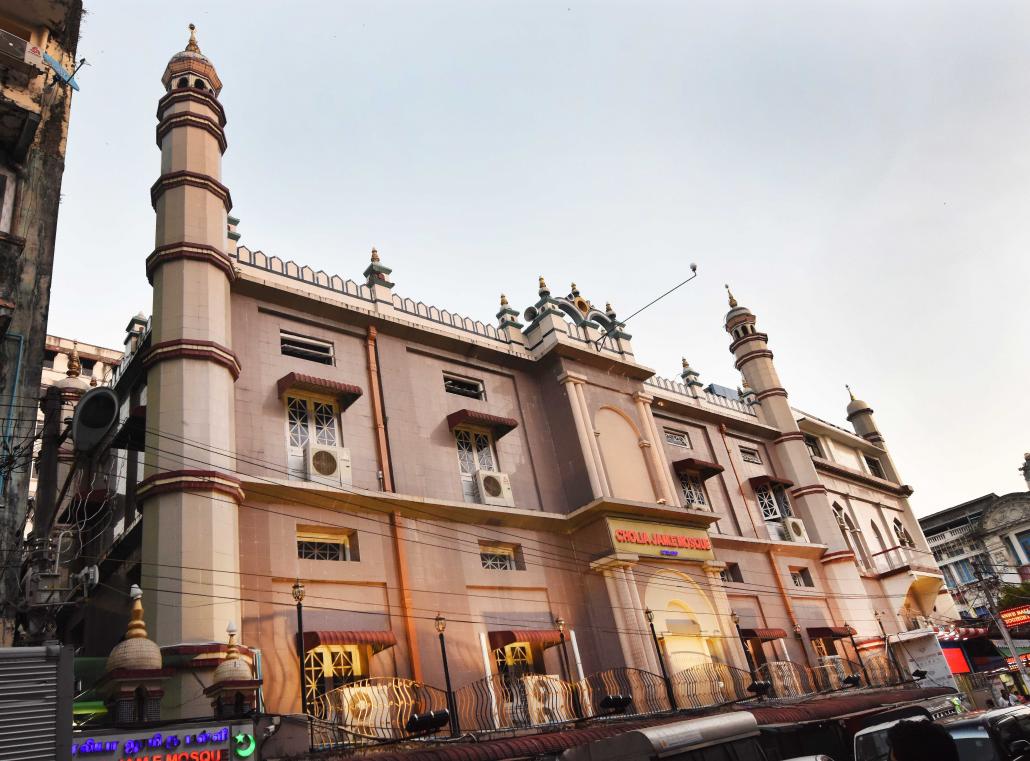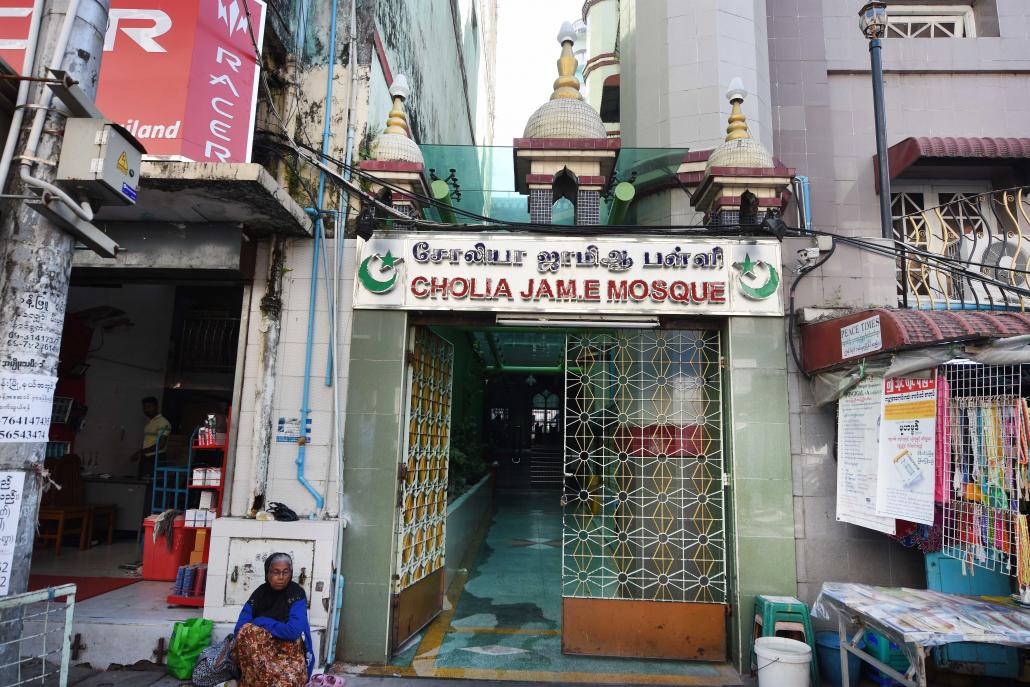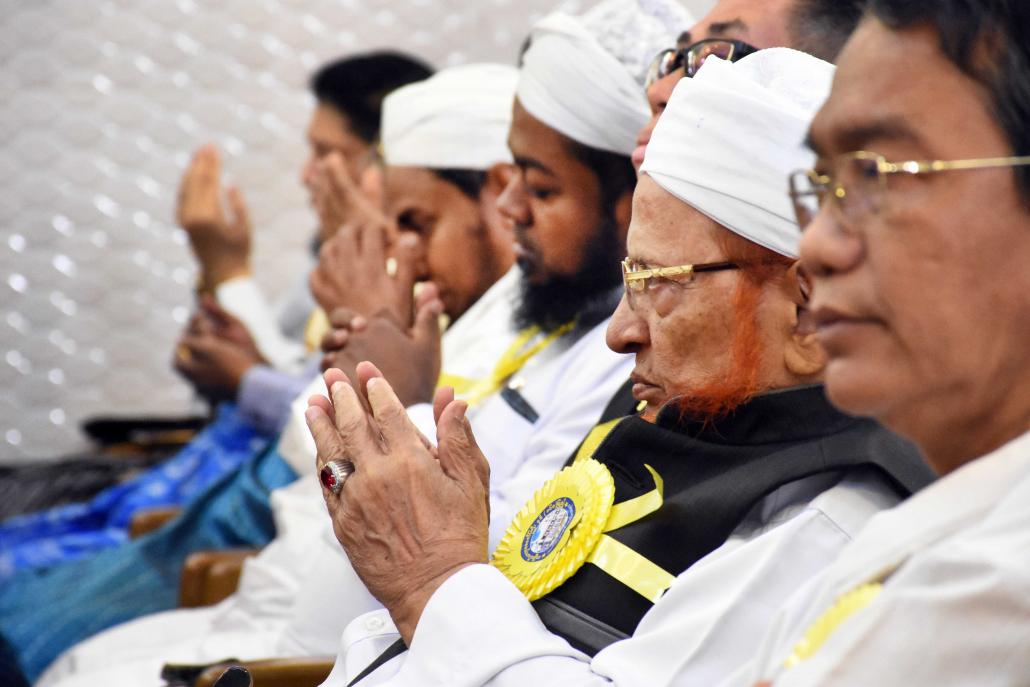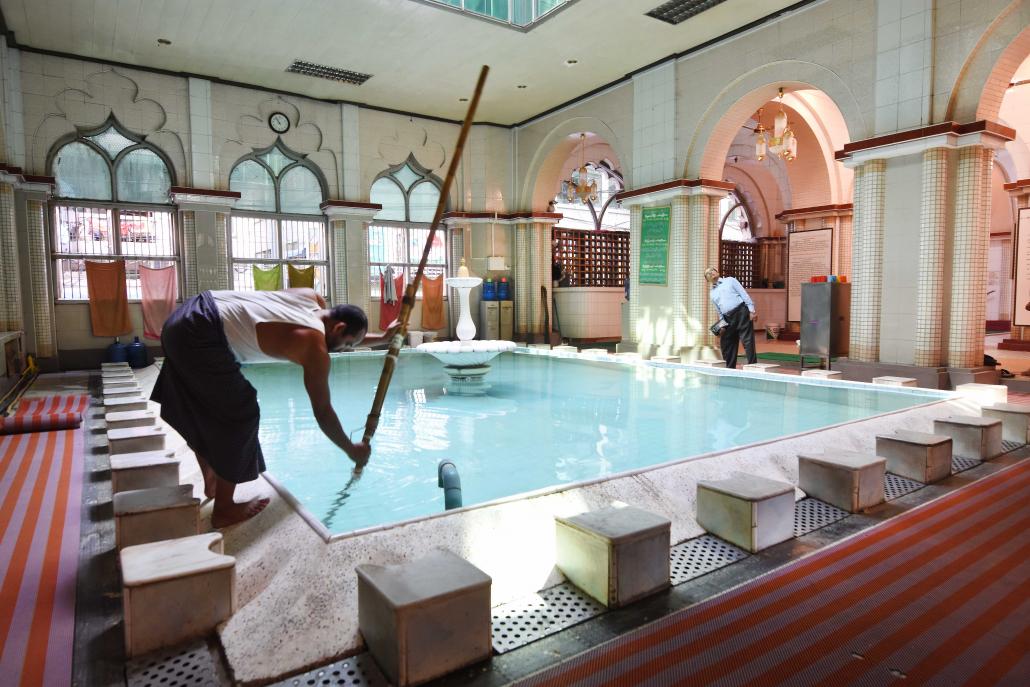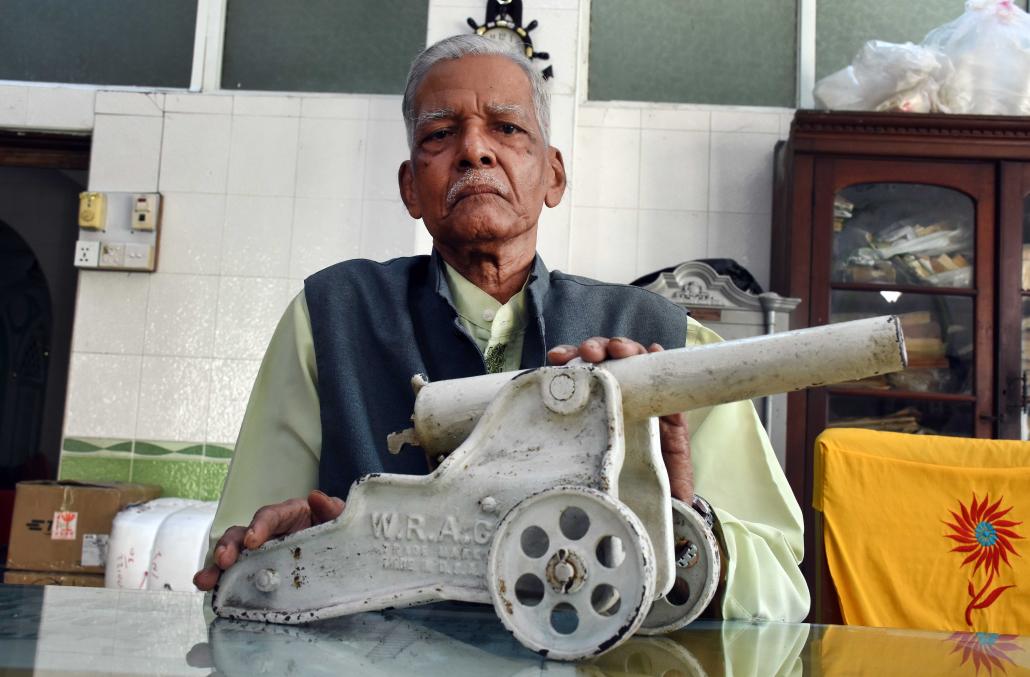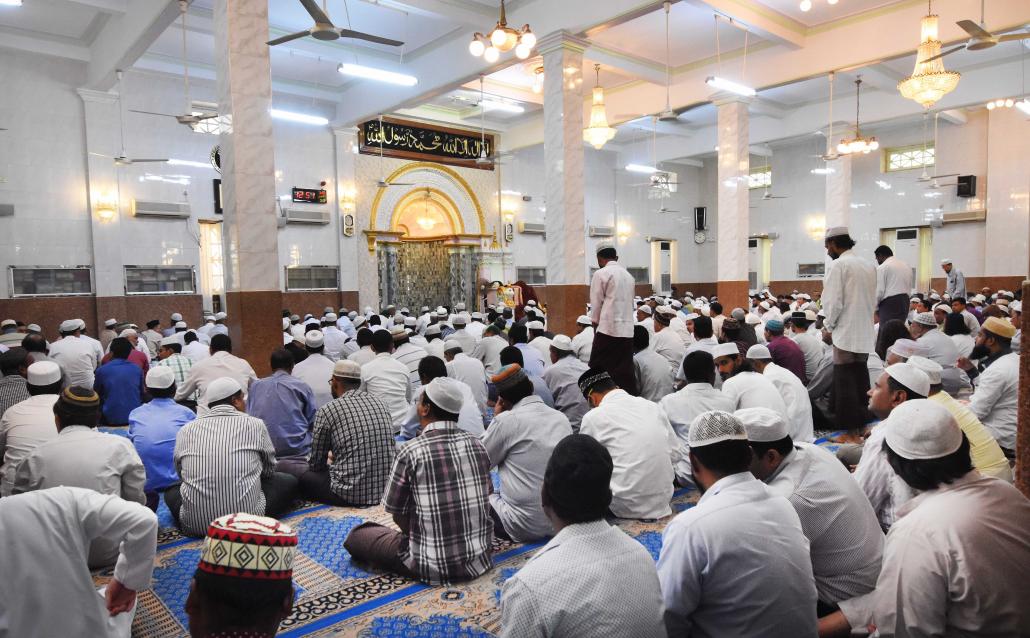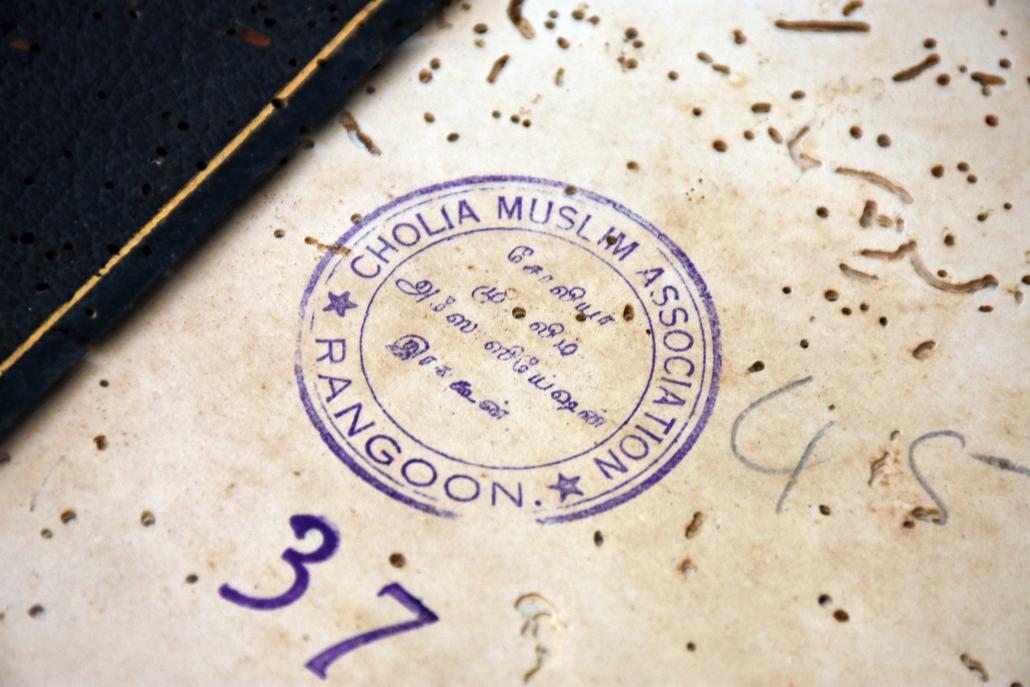A dargah in Rameswaram where property loot amounts to killing a cow on the banks of Ganga
According to a copper plate of the Muthukumara Vijayaragunatha Sethupathi Kaathathevar, one will incur the sin of killing a Kaaram Pasu, if one misappropriates the proceeds from Pakkiri Puthukulam village donated to the Habil and Qabil Dargah, which is a few yards away from the house of late President A.P.J. Abdul Kalam

The graves at the Habil and Qabil Dargah. | Photo Credit: L. Balachandar
The worst sin, according to the Hindu tradition, is the killing of a cow (Kaaram Pasu) on the banks of the Ganga. Can it be applicable to other faiths? According to a copper plate of the Muthukumara Vijayaragunatha Sethupathi Kaathathevar, anyone, including a Muslim, will incur the sin of killing a Kaaram Pasu, if he/she misappropriates the proceeds from Pakkiri Puthukulam village donated to the Habil and Qabil Dargah at Rameswaram.
“He who properly maintains the property will be blessed with the benefit of offering food (annadhanam) in Mecca, Madina, the Ganga, and the Sethu [Rameswaram]. He who misappropriates the proceeds will incur the sin of killing his parents and a cow in Mecca and Madina and on the banks of the Ganga, and in the Sethu,” reads the modern rendering of the copper plate by historian S.M. Kamal.
The plate is in the possession of Ahamed Jallaudin, son of Arulmozhi alias Asiammal, the trustee of the dargah. “My grandfather was a Tamil scholar and he had named my mother Arulmozhi,” says Mr. Jallaudin.
The dargah, situated on a sprawling campus, is surrounded by banyan and palm trees. It is a few yards away from the house of late President A.P.J. Abdul Kalam. It houses the mortal remains of Cain and Abel. According to The Bible, they were the sons of Adam and Eve. In Islam, they are referred to as Habil and Qabil.
The copper plate, which is in the possession of Ahamed Jallaudin, son of Arulmozhi alias Asiammal, trustee of the dargah. | Photo Credit: L. Balachandar
But there is no clear answer as to how the two ancestors of humans have a dargah at Rameswaram. There is a steady flow of devotees to the dargah, particularly from Kerala, who perform prayers at the Habil and Qabil memorials.
What attracts a visitor is the length of the graves. Both are 57 feet long and lie side by side. “It is our belief that the sons of the first man and woman were super-humans in size. Otherwise why should there be such long memorials,” says Mr. Jallaudin. He says the village, which was offered as a grant to the dargah, was taken by the government some years ago.
‘Overwhelming gratitude’
In his memoir Wings of Fire, Abdul Kalam recalled how during the annual Shri Sita Rama Kalyanam ceremony, his family would arrange boats with a special platform for carrying idols of the Lord from the temple to the marriage site, situated in the middle of the pond called Rama Tirtha, which was near his house. His great-great-grandfather used to get the Mudhal Mariadhai (the first honour) at the Ramanathaswamy Temple, for he leapt into the tank and retrieved the idol in no time after it fell into the tank.
“The gratitude of the priests and temple officials was overwhelming. Yes, he was a Muslim. And yes, caste and religious purists would be horrified at the most sacred element of the temple being handled by someone not authorised to do so, but none of these feelings was articulated. Instead, my great-great-grandfather was treated like a hero. The temple also made a proclamation that from now on, at the festival, the temple would give Mudal Mariadhai to him. This was a rare honour for anyone, let alone for someone from a different religion. It meant that on each such festival day, the temple would first honour, or give Mariadhai to, my great-great-grandfather. This tradition went on for years and years and the Mariadhai would be given to my father too,” Abdul Kalam writes in his book My Journey: Transforming My Dreams into Actions.
Thanks: The Hindu

